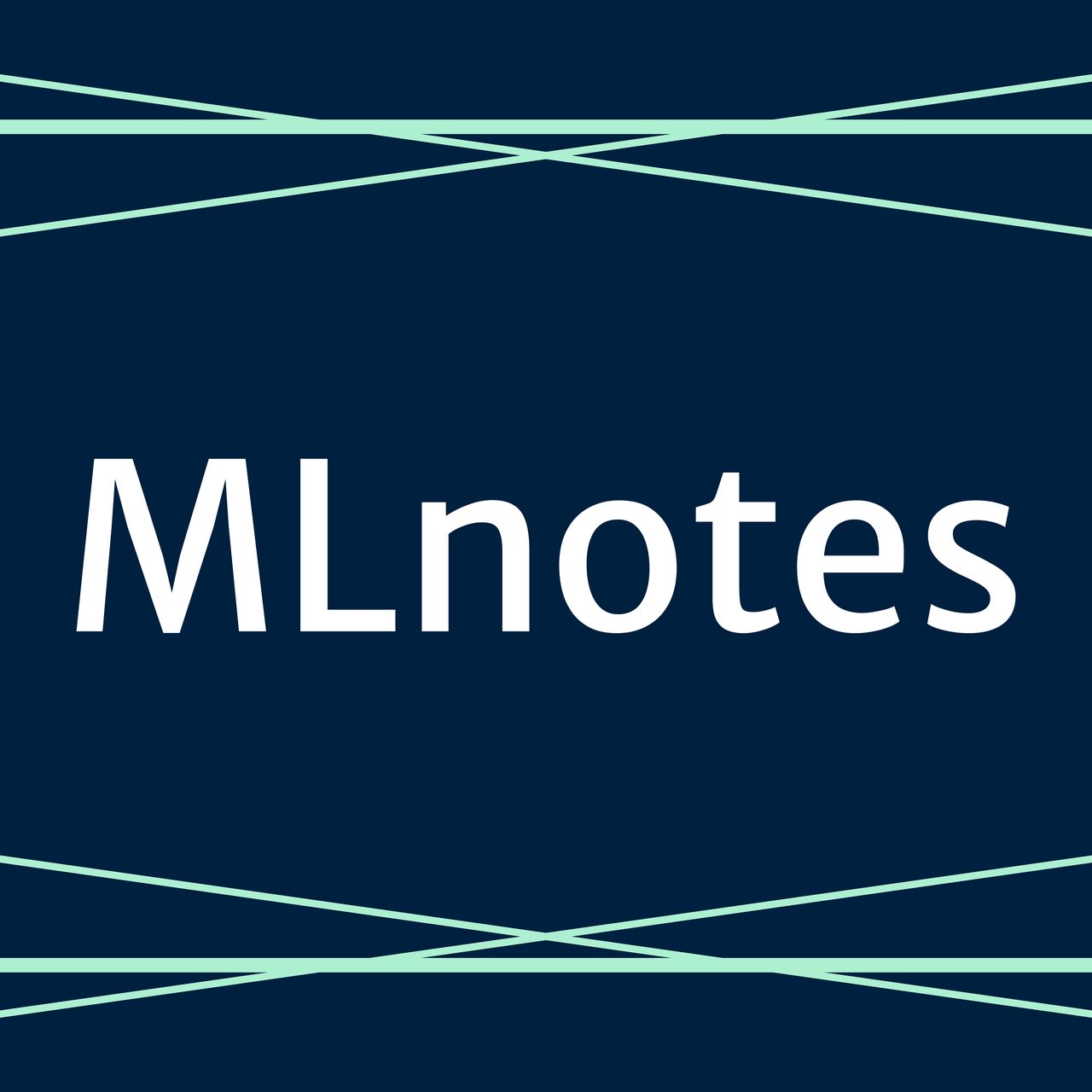OpenAI's Swarm: A Lightweight Framework for AI Agents
Hi everyone! Apologies for missing last Sunday’s post—Angelina was under the weather last week. We're excited to be back, and we’ll see you here at MLnotes this Sunday!
🎃 Happy Halloween btw! 🎃
Swarm
OpenAI has just released Swarm, a new lightweight framework for building and orchestrating AI agents. In this post, we'll take a deep dive into what Swarm is, how it works, and why it could be a game-changer for developers looking to experiment with agentic AI systems.
What are AI Agents?
Before we jump into Swarm specifically, let's quickly review what we mean by AI agents. An AI agent is essentially a system that uses artificial intelligence (typically a large language model) along with tools to accomplish specific goals. We can think of an agent as having a few key components:
A "brain" powered by an LLM
The ability to observe and take in information
Internal decision-making capabilities
The ability to take actions (often by using various tools)
Some form of memory to retain context
Agents can be designed to handle all kinds of tasks - from answering customer support queries to analyzing data to writing code. The key is that they can make decisions and take actions somewhat autonomously to achieve their objectives.
Introducing OpenAI Swarm
OpenAI describes Swarm as an "educational, lightweight, multi-agent orchestration framework." Let's break down what that means:
Educational: It's designed primarily as a learning tool to help developers understand how to build agent systems.
Lightweight: The framework is intentionally simple and minimalist.
Multi-agent: It supports creating systems with multiple specialized agents that can work together.
Orchestration: It provides tools for coordinating how agents interact and hand off tasks.
The two core concepts in Swarm are:
Agents: These encompass instructions (the agent's role/purpose) and tools (functions the agent can use).
Handoffs: The ability for one agent to transfer an active conversation to another agent.
How Swarm Works: A Customer Support Bot Example
To illustrate how Swarm operates, let's walk through an example of a customer support bot built with the framework. This bot has two main agents:
… (see video below for details!)
How Swarm Compares to Other Frameworks
Swarm enters a space with several existing agent frameworks like AutoGen, MetaGPT, and Crew AI. While these other tools often provide more advanced features, Swarm's strength lies in its simplicity and educational focus.
Advantages of Swarm:/Potential drawbacks: … (see video below for details!)
Potential for Production Use…
Curious to learn more?
Join Professor Mehdi and myself for a discussion about this topic below:
What you’ll learn🤓:
🔎 Introduce new OpenAI Swarm library for AI agents
🚀 Walk through example of customer support bot using Swarm
🛠 Share thoughts on potential for production use
👇
🛠️✨ Happy practicing and happy building! 🚀🌟
Thanks for reading our newsletter. You can follow us here: Angelina Linkedin or Twitter and Mehdi Linkedin or Twitter.
📚 Also if you'd like to learn more about RAG systems, check out our book on the RAG system: You can download for free on the course site:
https://maven.com/angelina-yang/mastering-rag-systems-a-hands-on-guide-to-production-ready-ai
🦄 Any specific contents you wish to learn from us? Sign up here: https://noteforms.com/forms/twosetai-youtube-content-sqezrz
🧰 Our video editing tool is this one!: https://get.descript.com/nf5cum9nj1m8
📽️ Our RAG videos: https://www.youtube.com/@TwoSetAI
📬 Don't miss out on the latest updates - Subscribe to our newsletter:






